Structure of regular artificial grass and artificial grass without sand, without seeds
The surface of artificial grass usually consists of a layer of artificial grass, a layer of sand (3.5cm) and a layer of rubber (5kg/m2). For normal artificial grass, sand and rubber granules are two very important layers that help stabilize the grass base and reduce physical impacts on players. However, the surface of normal artificial grass is still much harder than natural grass.
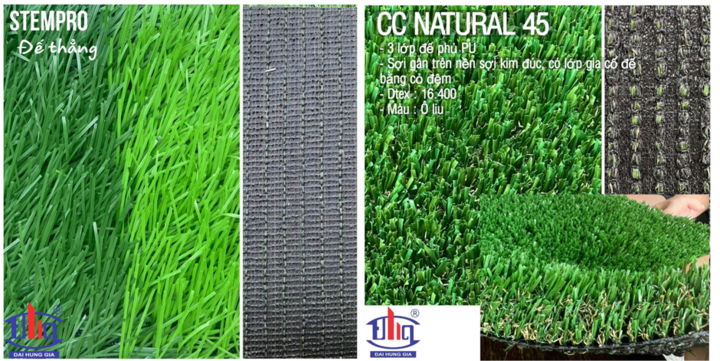
Regular artificial grass (left) and artificial grass without sand, without seeds (right)
Sand-free, seed-free artificial turf consists of very high DTEX-coated grass fibers and a layer of grass cushion to simulate natural grass. This special structure helps absorb force and increase elasticity better, so there is no need to add a layer of sand and rubber granules. The reaction force from the sand-free, seed-free artificial turf to the player's feet will be similar to natural grass, helping to reduce the risk of injury to the player.
Economic efficiency and operating costs of 2 types of artificial turf
Conventional artificial turf has a low initial investment cost. However, the field needs to be maintained annually, adding sand and rubber granules. The average exploitation time of a conventional artificial turf football field is from 5-7 years.
Sand-free, seed-free artificial grass has an initial investment cost 20% higher than conventional artificial grass. However, with a football field using sand-free, seed-free artificial grass, there is no need for field maintenance, no need to add sand and rubber granules.
Because of its higher durability, the football field will be used for over 10 years, much longer than a football field using conventional artificial grass. In addition, artificial grass without sand or seeds also helps improve the quality of the field, increase competitiveness and attract football players.
Dai Hung Gia Artificial Grass
DGGRASS Construction Investment Service Trading Company Limited.
Hotline: 0939 44 88 22
Website: daihunggia.com
Source








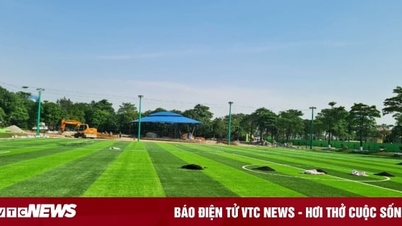









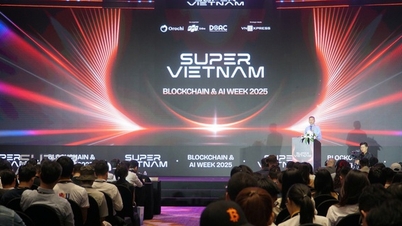










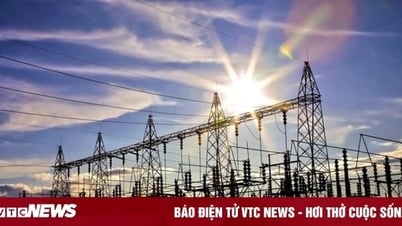












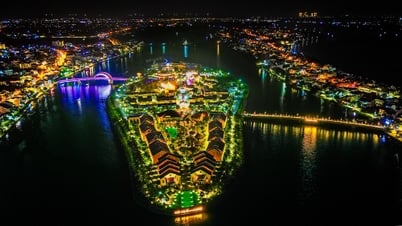










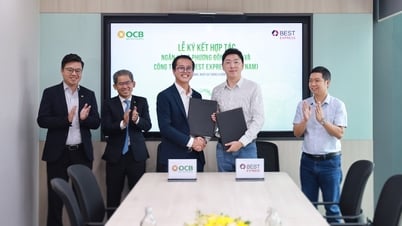





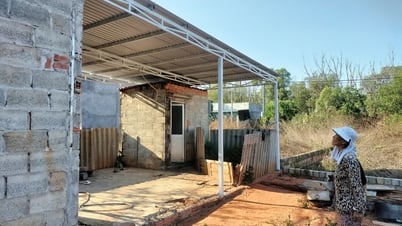









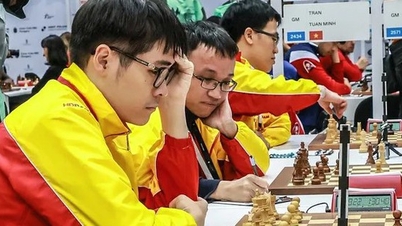
















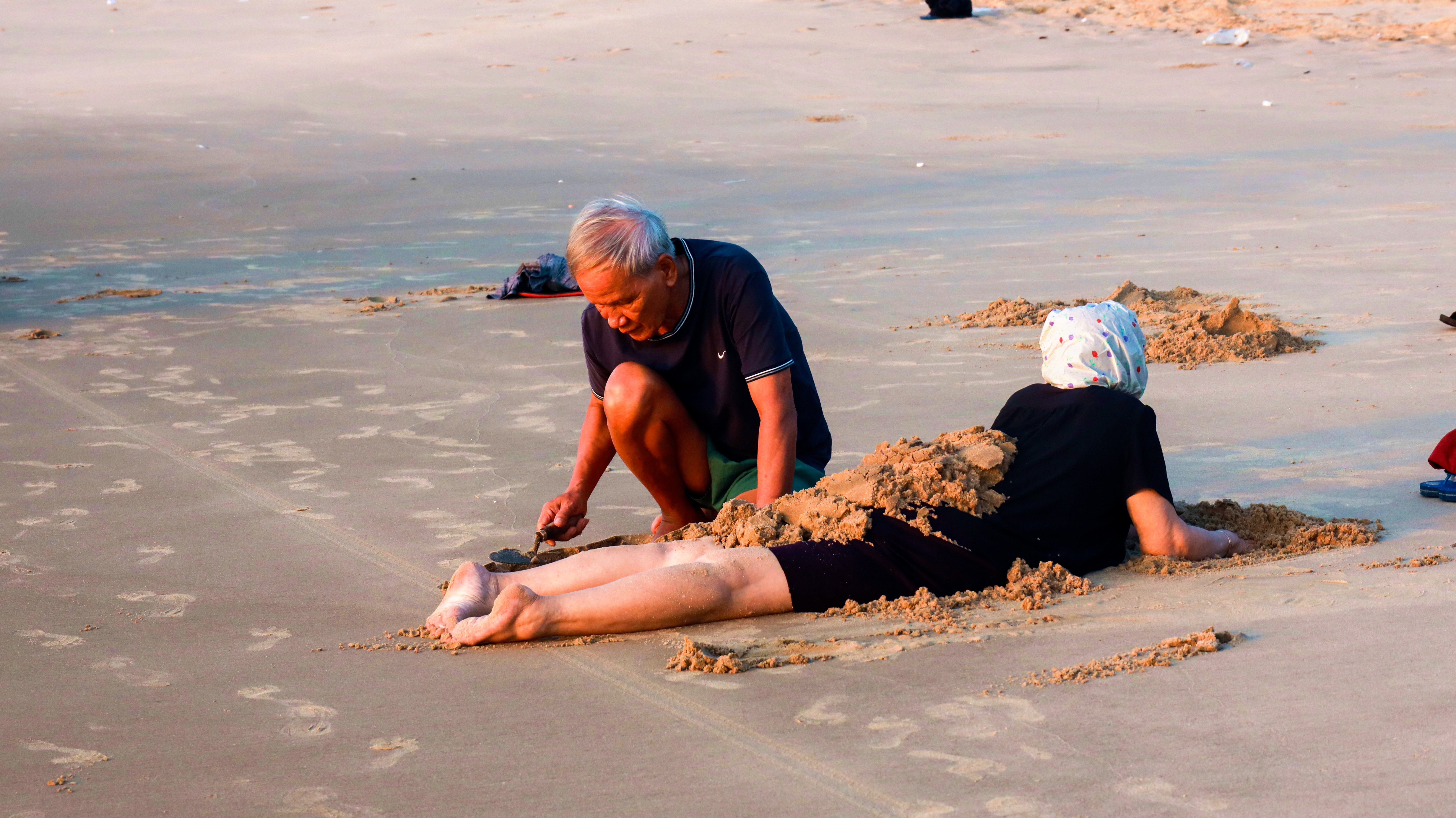



Comment (0)